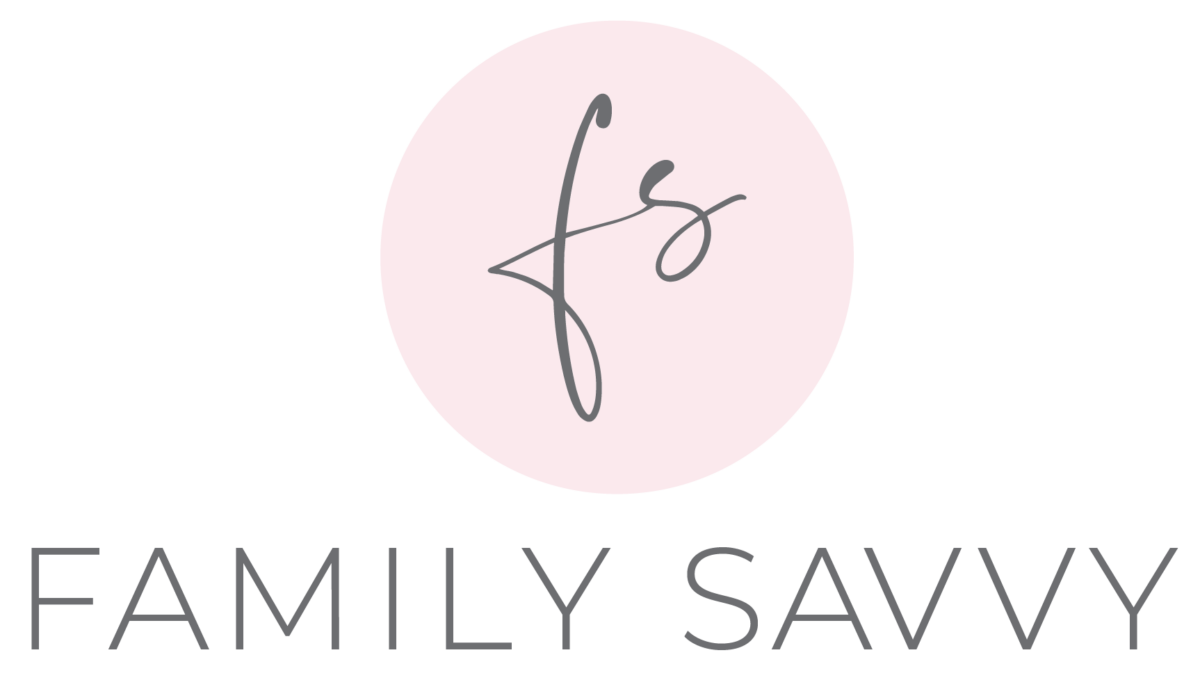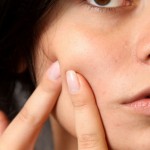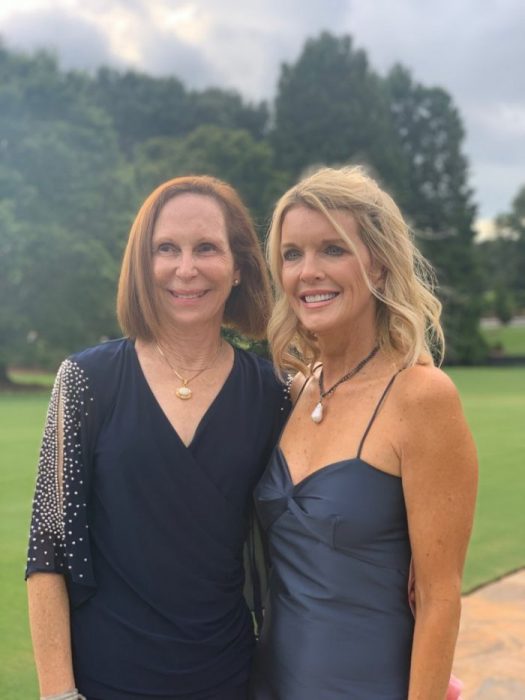Don’t Get Burned: Stay Sunscreen Savvy
 In today’s post, Dr. Jo Herzog reminds us of the importance of using sunscreen and explains new labeling requirements for sunscreen packaging.
In today’s post, Dr. Jo Herzog reminds us of the importance of using sunscreen and explains new labeling requirements for sunscreen packaging.
Dr. Jo Herzog
I recently spent a weekend in Mississippi at a tennis tournament and did not have my dermatologist thinking cap on (the one that makes me think about sunscreen). On Friday, the tournament weather was dark, rainy, and quite cold; therefore, I was thinking most of keeping warm and dry and was thinking little to nothing about THE SUN.
Saturday was a brighter day, and everyone welcomed the warming sun. Since it was still chilly enough for spectators to be wearing jackets, no one, including myself, thought of sunscreen. This was not good, as many of the kids who played tennis all day in tee shirts and tanks ended up burned. MY BAD.
Since the weather will soon be warm and more folks will be outside in shorts and tees, I think that this is a good time to think ahead about sunscreen and talk about the new labeling that you will soon be seeing. Several months ago, the FDA set new guidelines for sunscreen labeling, but the enforcement of these has been held up by what I assume are changes in product labeling and packaging . Large companies will have to meet guidelines sooner than small ones, so you might not see labeling changes throughout all products simultaneously.
The changes are being implemented to help the public better understand what kind of protection they are actually getting. Sunscreens that protect against UVB basically protect against the sun’s rays that are primarily responsible for burning. The UVA portion contributes to burning, skin cancers and premature aging. We need protection from both UVB and UVA. This type of protection is broad spectrum and will be labeled as such “BROAD SPECTRUM”. Those labeled this way will have to contain enough UVA protection to be able to wear this label.
Sunscreens that claim to protect against burning, skin cancer, and photo-aging will have to have an SPF (sun protection factor) of at least 15. If the SPF is lower than 15, the sunscreen can only claim to help protect against burning.
Other labeling changes will include omission of the word “sunblock,” as this is not really true in that the sun is not actually “blocked.” Another regulation requires labeling to state how long a sunscreen is water-resistant (not water-proof and not sweat proof). Also, regulations will not allow claims that water resistance will last for more than two hours.
Now, if off to the beach you go with your new sunscreen thinking that you are now better protected than you once were, you are wrong. You aren’t better protected, but you are better informed. You still need to get out early in the morning, take a siesta or a long lunch from 10:30 until about 3:00, and then go back for a second swim. Do make sure that you are using BROAD SPECTRUM sunscreen and that you apply it every two hours. If at the pool, beach or lake, I would start at SPF 30 and move up. We will continue to talk about sunscreen in subsequent Family Savvy articles, as there is much more that merits discussion.





